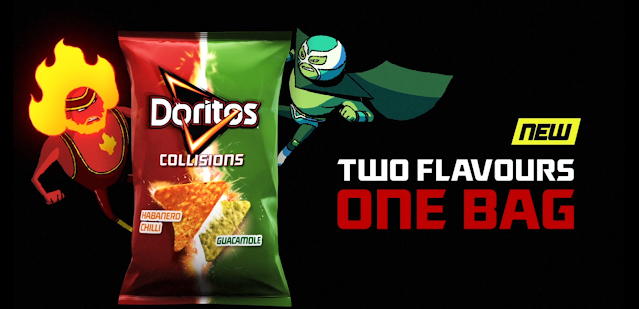Advertising case study 1: OMO print advert
Advertising case study 1: OMO print advert
1) The advert was produced in 1955
2) In most adverts in the 1950s, women were presented as domestic, with a role of being housewives, and being inferior to their husbands and other men.
3) The heading message and typography promote the product due to the fact that is a washing product and is presented as being able to clean to a completely new level that has never been seen before. It promotes the product also as being necessary and therefore encourage people [women] to buy it.
4) The costume of the woman actively presents her as a housewife as she has a rag thrown over her shoulder. This shows that she is in the middle of cleaning and therefore depicts her as being a housewife. In addition, the makeup further reinforces the idea that she has to look good for her husband and appear perfect at all times. The placement of the model being directly in the view of the camera and slightly lower makes her seem like she is enjoying what she is doing and therefore demonstrates that women in general should enjoy the role of being a housewife.
5) The pack shot of the product in the bottom-right corner of the screen is placed so that the audience can see what it is being advertised and associate it with the need to be a housewife and be domesticated.
6) The connotations of the colours being used throughout the advert are the fact that they are the colours of the Union Jack. This might show that the product is somehow linked to the country and therefore make the audience more inclined to buy it.
7) The anchorage text uses repetition of the phrase 'makes whites bright' in order to push the message that the product is extremely valuable and more powerful at doing its job than any other before it. The use of exclamations also make it seem more exciting than it may actually be, making the audience more likely to purchase it and associate it with being positive.
8) The stereotype of women being housewives is depicted frequently throughout the product in the main image of the woman and in the anchorage text that frequently references feminine nouns such as "mother". This may be used to reinforce the stereotype that women are meant to be housewives and inferior to men, and the idea that women should enjoy being at home and looking after their family rather than taking on traditionally-male jobs.
9) The preferred reading of this advert would be that women would recognise the idea of them being housewives and embrace it further. They would be likely to buy the product and gather the idea that they should take care of their husbands and be happy doing so.
10) The oppositional reading of this advert would be to see how stereotypical and degrading of women it can be seen to be. It would also be to recognise the idea that women should not be taking up stereotypical jobs and conventional ideas such as the need to look after families and raise children.


Comments
Post a Comment